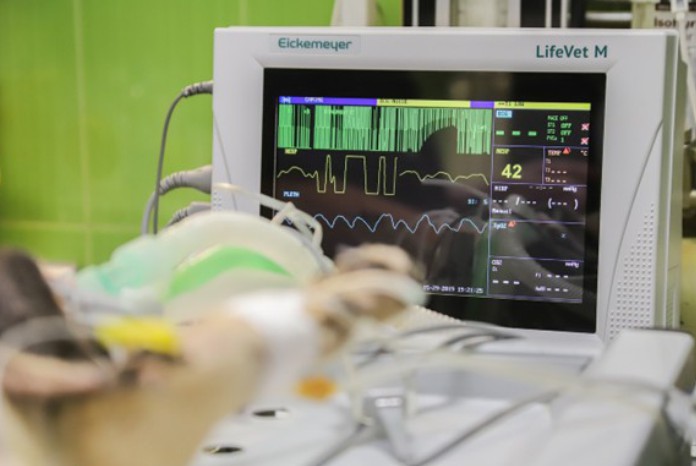Why a frontline role in cardiac monitoring demands more preparation, emotional steadiness, and ongoing learning than most people expect.
As healthcare systems continue to depend on cardiac monitoring to detect early signs of patient deterioration, the role of EKG technicians has taken on new significance. Yet for many entering the field, the path to certification is often shaped by expectations that do not fully match the realities of the work.
Through experience across major Florida health systems, EKG monitor technician Philip M. Zmijewski has observed the gap between classroom instruction and daily practice. His perspective offers practical insight into what new technicians can expect as they move from training programs into real-world hospital environments. The lessons he highlights reflect conditions common across telemetry units nationwide.
Below are five takeaways that serve as a grounded guide for anyone considering EKG certification today.
- Rhythm Interpretation Is a Skill Built Over Time, Not Just During Training
Most certification programs introduce clean, diagram-ready rhythm strips. In practice, however, technicians face noise, artifact, inconsistent lead placement, and the unpredictable physiology of real patients. Differentiating between benign irregularities and early signs of deterioration often requires more than memorization.
- Passing the Certification Exam Marks the Beginning, Not the End, of Learning
Certifications provide foundational knowledge, but they cannot fully prepare technicians for the nuances of real-time monitoring. In the unit, technicians must learn the difference between identifying a rhythm and understanding its implications in a broader clinical context.
- Emotional Poise Is as Important as Technical Knowledge
EKG monitoring requires calm decision-making under fluctuating pressure. Long periods of routine observation can be abruptly interrupted by multiple alarms or sudden changes in a patient’s condition. In these moments, emotional steadiness becomes as important as rhythm recognition.
4.Night Shifts and Rotating Schedules Shape the Early Experience
In many hospitals, new technicians begin on evenings, nights, or weekends. These shifts come with fewer on-site resources and greater individual responsibility. While challenging, they also tend to accelerate learning by exposing technicians to less predictable rhythms and higher-stakes decision-making.
5.Continuous Training Is What Develops Real Confidence
Certification programs are structured and finite, but the demands of cardiac monitoring continue to evolve. New equipment, updated algorithms, changing patient populations, and expanding clinical expectations mean that ongoing education is not optional.
A Clearer Path for Future Technicians
The insights drawn from Zmijewski’s experience describe a role that is often underestimated outside of healthcare settings. EKG work is technical but also observational; structured but also unpredictable; solitary yet tightly connected to patient outcomes.
For those considering certification, understanding the realities behind the course materials can set realistic expectations and support a smoother transition into the field. Success comes from more than passing an exam — it grows through steady exposure, emotional balance, and a commitment to ongoing learning.





